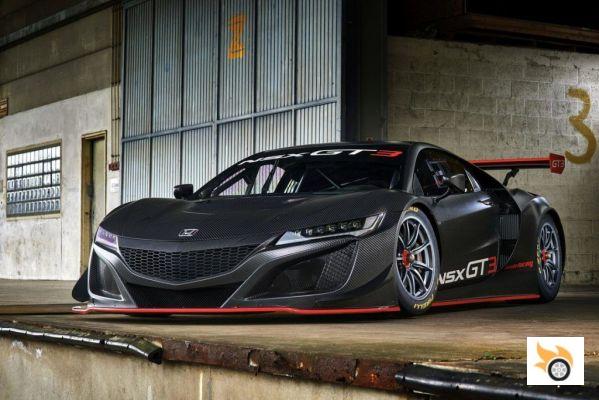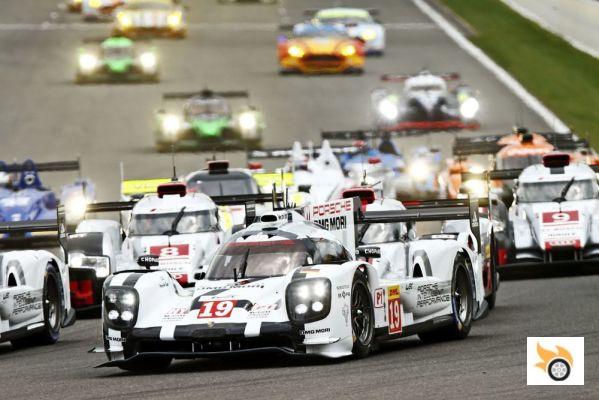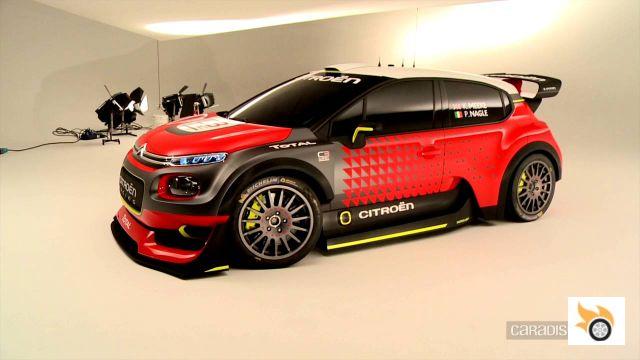Does Javi's Prius carry more battery than the Toyota TS040 Hybrid racing at Le Mans 2015? A question whose answer is not as obvious or predictable as you might think...
If you remember (and if you don't you can always read it again), the other day I told you how the TS040 Hybrid employs a super capacitor, whose electrical storage capacity is about 1 MJ (one megajoule). The third-generation Toyota Prius, meanwhile, uses a nickel-metal hydride battery with a capacity of 1.3 kWh, which, converted to the international measurement system, is 4.68 MJ!
In fact, Javi's Toyota Prius has more energy capacity in its battery than any of this year's Le Mans competitors. Why? Well, for a number of reasons.
First and foremost, the ACO limits the amount of energy that can be captured during braking and used during acceleration to 8 MJ. From this limitation of the amount of energy that can be captured and used comes the decision to opt for batteries and small energy stores. What the teams do is to calculate how much energy they can capture in each braking of La Sarthé to not add more than 8 MJ between all of them (6 MJ in the case of Toyota, which runs in the division of six megajoules), and use it in acceleration.
If the ACO would allow more energy to be hunted and more energy to be used in acceleration, teams would opt for larger energy storage units, but given the current regulations, they are not necessary.
On the other hand, there is the weight limitation. Toyota runs in the 6 MJ classification because to run in 8 MJ would require larger energy storage, which would be heavier. And as the car is already at the 870kg minimum regulatory weight, the Japanese consider that it is better for them to run with limited storage capacity, and with 6 MJ, than to run with more energy but more weight.
It is also worth remembering that the Prius battery is a "slow discharge" battery. While the battery in this Toyota hybrid is much more capable, it can't deliver as much power as the systems in race cars. That's because one of the limitations of traditional batteries is that they can't quickly discharge their energy. The speed at which that energy is delivered determines how much power they can deliver to the wheels. At Le Mans, it is important to discharge that energy very quickly, in order to be able to offer brutal acceleration.
Volumetrically and weight-wise, the Prius' nickel-metal hydride battery is curiously lighter than the TS040's supercapacitor, which is heavier per MJ (the Porsche 919 Hybrid's battery and the flywheel system in the R18 e-tron and GT-R LM Nismo are lighter per MJ), but the TS040 can deliver, as we said, its energy much faster, which means the TS040 can put a lot more power to the wheels for acceleration.










